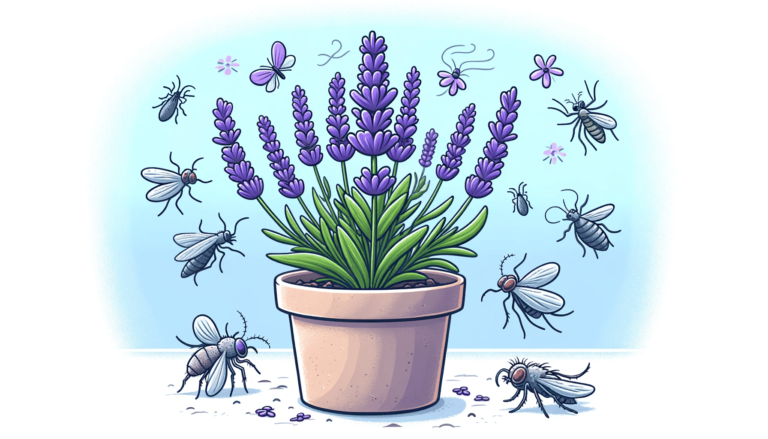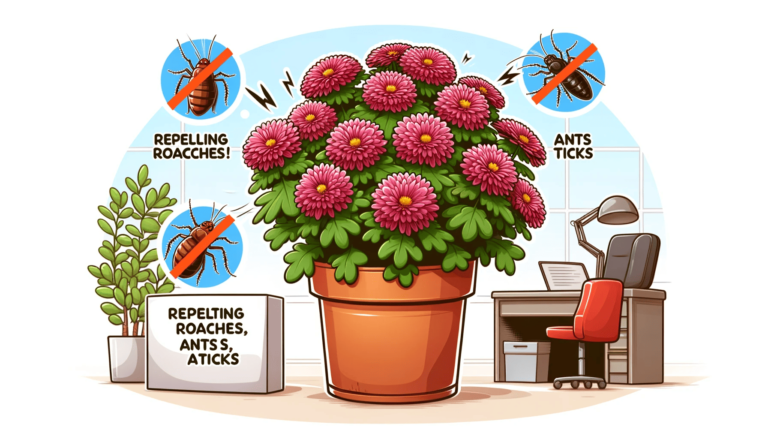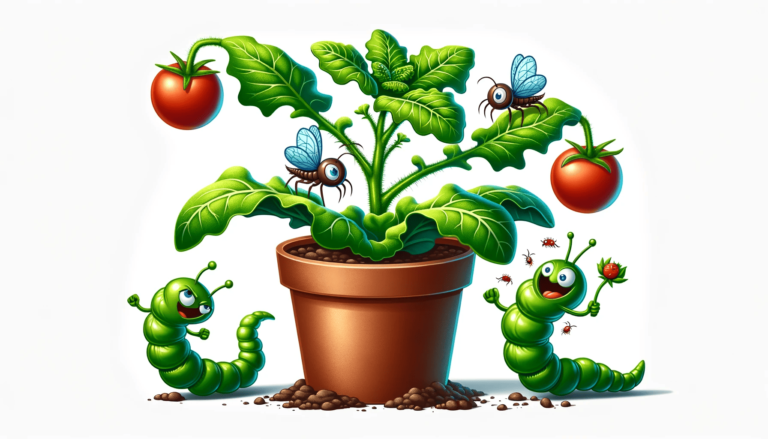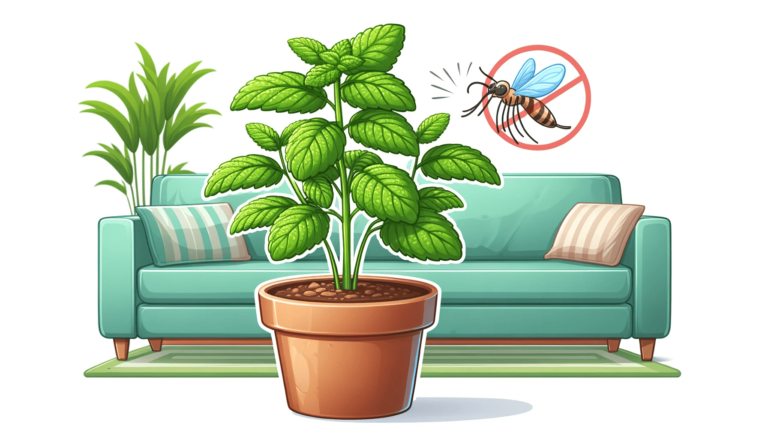Sage Advice: A Herbal Guide to Pest-Free Indoor Living
Sage’s effectiveness against pests is attributed to its strong scent and essential oils.
These natural properties make it unappealing to a variety of insects, providing a safe and eco-friendly way to protect your home from pest invasions.
Not just a culinary delight, sage is your natural ally in the battle against pesky invaders.
Sage: The Herbal Shield Against Household Pests
Sage: Aromatic and Effective in Pest Deterrence: Sage, a herb revered for its culinary and medicinal properties, also excels as a natural insect repellent.
This aromatic herb is particularly effective against cabbage moths and carrot rust flies, making it a valuable addition to any indoor garden for pest control.
Positioning: Place sage plants near areas prone to pests.
Why Sage? Understanding its Pest-Repelling Power
Sage isn’t just another pretty plant. Its strong aroma is a natural deterrent for many common household pests. But what makes sage truly unique in this regard?
- Natural oils: Sage leaves are rich in essential oils known to repel insects.
- Aromatic defense: Its potent scent wards off many pests before they can cause harm.
Companion Planting: Sage pairs well with other plants for mutual pest protection.
Growing Sage Indoors: Easier Than You Think
Think you need a green thumb to grow sage? Think again! Here’s how to get started:
- Choosing the Right Variety: Opt for common sage, purple sage, or tricolor sage for their robustness and pest-repelling properties.
- Soil and Sunlight: Sage loves well-drained, sandy soil and a sunny spot near a window.
- Watering Wisely: Sage prefers its soil on the drier side – overwatering is a no-no.
Growing Sage Indoors for Natural Pest Control
Cultivating sage within your home isn’t just for enhancing your culinary creations; it’s a strategic step towards maintaining a pest-free environment.
Sage prefers well-drained soil and ample sunlight, making it ideal for sunny windowsills or indoor plant shelves.
Utilizing Sage in Pest Management
Beyond its growth, sage can be used in various forms for pest control. Dried sage leaves can be placed in areas prone to pests, or you can use sage in homemade repellent sprays to naturally deter insects.
Integrating Sage into a Holistic Pest Control Strategy
While sage is potent on its own, it’s most effective when used as part of a broader pest management plan. Pairing it with other natural repellents and good housekeeping practices can enhance your home’s defense against pests.
For a comprehensive overview of using plants for pest control, our guide “27 Indoor Plants Great for Pest Control” is an essential resource. It offers in-depth information on various plants, each with unique pest-fighting capabilities.
Beyond Pest Control: The Additional Perks of Indoor Sage
Sage’s benefits extend far beyond pest control:
- Culinary Uses: Fresh sage leaves can elevate your cooking.
- Medicinal Benefits: Sage has been used traditionally for its health properties.
Conclusion
Sage offers more than just flavor for your dishes; it’s a natural and effective solution for keeping your home pest-free.
By incorporating sage into your indoor garden, you’re choosing a healthy, natural method to protect your space from common pests.
So, as you enjoy the aroma and taste of sage, remember its additional role as a guardian of your home against insects.






